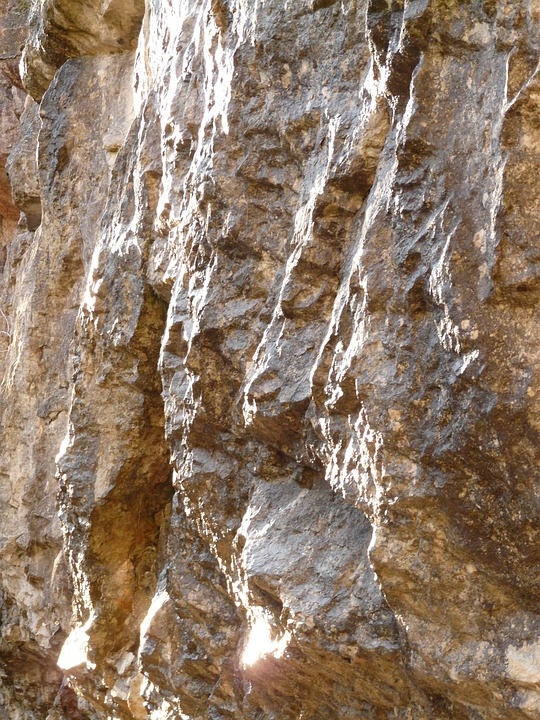Uncovering the Accuracy of Historical Events and Figures: Separating Fact from Fiction
History is written by humans, and humans are prone to error. The past is often shrouded in mystery, and the passage of time can lead to distortion, embellishment, and even fabrication. As historians and enthusiasts, it’s crucial to approach historical accounts with a healthy dose of skepticism and a keen eye for fact-checking. In this article, we’ll delve into the importance of verifying historical accuracy, explore common pitfalls, and offer practical tips for uncovering the truth behind historical events and figures.
Why Verify Historical Accuracy?
Verifying historical accuracy is crucial for several reasons:
- Preservation of Legacy: History has a profound impact on our understanding of the present and our sense of identity. Ensuring the accuracy of historical records allows us to honor the legacies of our ancestors and build upon their accomplishments.
- Understanding Cause and Effect: Historical events are often complex and intertwined. Accurate records help us grasp the motivations, consequences, and connections between events, enabling a more comprehensive understanding of the past.
- Protection from Revisionism: Historically inaccurate information can be manipulated and exploited to support political or ideological agendas. By verifying facts, we safeguard against the misrepresentation of historical events and the rewriting of reality.
Common Pitfalls in Historical Research
When exploring historical accounts, be aware of the following pitfalls:
- Secondary Sources: When relying on secondary sources, ensure that they are reputable and supported by primary evidence. Avoid relying solely on second-hand accounts or popular books.
- Biases and Distortions: Recognize the inherent biases and agendas that can influence historical interpretations. Approach sources with a critical eye and seek multiple perspectives.
- Fakes and Forgeries: Be wary of fake artifacts, documents, or records. Verify the authenticity of materials using scientific methods and expert opinions.
- Misinterpretations and Overlooked Context: Don’t overlook important context or misunderstand nuanced information. Seek clarification from experts or re-examine evidence in its entirety.
Tips for Verifying Historical Accuracy
To ensure accuracy in your historical research, follow these best practices:
- Start with Primary Sources: Whenever possible, use original documents, records, and testimonies from the time period in question.
- Consult Multiple Sources: Cross-reference information from diverse sources to identify patterns and inconsistencies.
- Evaluate Expert Opinions: Rely on the expertise of reputable historians, archaeologists, and other scholars when interpreting evidence.
- Admit Uncertainty: When faced with conflicting or ambiguous information, acknowledge the uncertainty and seek clarification or additional evidence.
- Update Your Knowledge: Historians’ understanding of events can evolve as new evidence emerges or previous assumptions are challenged. Stay up-to-date with the latest research and debates.
Image: "The Historian’s Craft"
A cartoon illustration of a historian pouring over dusty archives, with a magnifying glass and a pencil in hand, surrounded by historical texts and artifacts.
Frequently Asked Questions (FAQs)
- What is the most reliable way to verify historical accuracy?
Consulting primary sources and using a combination of multiple, credible sources is the most reliable approach.
- How can I recognize bias in historical accounts?
Be aware of the author’s perspective, consider the time period and cultural context, and evaluate the use of language and tone. Cross-check information with other sources to identify patterns of bias.
- Can I trust online resources?
Online resources can be reliable, but verify the credibility of websites, authors, and sources before relying on them. Be cautious of amateur or unqualified writers.
- What role do photographs play in historical research?
Photographs can provide valuable evidence, but ensure their authenticity and context. Compare multiple images to verify accuracy, and consult with experts if necessary.
- How can I contribute to the pursuit of historical accuracy?
Participate in ongoing research and discussions, share your findings and perspectives, and support institutions and organizations committed to historical preservation and accuracy.
In conclusion, verifying historical accuracy is a meticulous process that requires attention to detail, critical thinking, and a willingness to question assumptions. By following the tips and best practices outlined above, we can uncover the truth behind historical events and figures, ensuring that our understanding of the past is informed, accurate, and unbiased.


